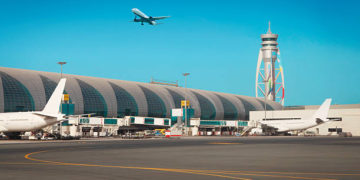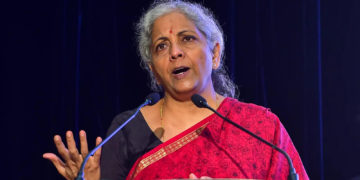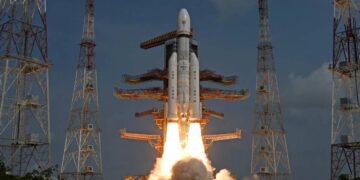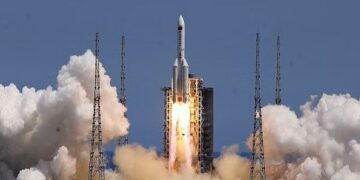Launching on Saturday, September 2, Aditya-L1, India’s latest space mission, comes on the heels of its recent successful moon landing. This ambitious mission will undertake a four-month journey to study the Sun’s outermost layers, with liftoff scheduled for 11:50 am (2:20 pm Singapore time).
While the United States and the European Space Agency (ESA) have sent numerous probes to explore the solar system’s core, starting with NASA’s Pioneer program in the 1960s, India’s Aditya-L1 mission aims to achieve a unique milestone. If successful, it will be the first mission from an Asian nation to be placed in solar orbit.
Discussing the mission’s challenges, astrophysicist Somak Raychaudhury emphasized India’s significant undertaking. A primary objective of the probe is to study coronal mass ejections, periodic events involving the release of substantial amounts of plasma and magnetic energy from the Sun’s atmosphere. These powerful bursts can reach Earth and disrupt satellite operations.
Raychaudhury highlighted that Aditya’s findings could play a crucial role in predicting these phenomena and issuing alerts to shut down satellite power in advance. Furthermore, the mission seeks to enhance our understanding of the underlying mechanisms, potentially eliminating the need for a dedicated warning system in the future.
Named after the Hindu Sun deity, Aditya, this mission will cover a distance of 1.5 million kilometers to reach its designated orbit. The ISRO-designed PSLV XL rocket, a reliable workhorse in India’s space program, has previously been used for missions to the Moon and Mars, and it will be the launch vehicle for this mission.
Apart from its focus on coronal mass ejections, the Aditya-L1 mission aims to illuminate the dynamics of various other solar phenomena by capturing images and measuring particles in the Sun’s upper atmosphere.
BUDGET PROGRAMME
India has been steadily matching the achievements of established spacefaring powers at a fraction of their cost.
The South Asian nation has a comparatively low-budget space programme, but one that has grown considerably in size and momentum since it first sent a probe to orbit the Moon in 2008.
Experts say India can keep costs low by copying and adapting existing technology, and thanks to an abundance of highly skilled engineers who earn a fraction of their foreign counterparts’ wages.
Last month’s successful landing on the lunar surface – a feat previously achieved only by Russia, the United States and China – cost less than US$75 million.
The public widely celebrated the touchdown, with prayer rituals to wish for the mission’s success and schoolchildren watching its final descent from live broadcasts in classrooms.
In 2014, India achieved the historic milestone of becoming the first Asian nation to put a craft into orbit around Mars. Additionally, the country is planning to launch a three-day crewed mission into Earth’s orbit by next year.
It also plans a joint mission with Japan to send another probe to the Moon by 2025 and an orbital mission to Venus within the next two years.














































